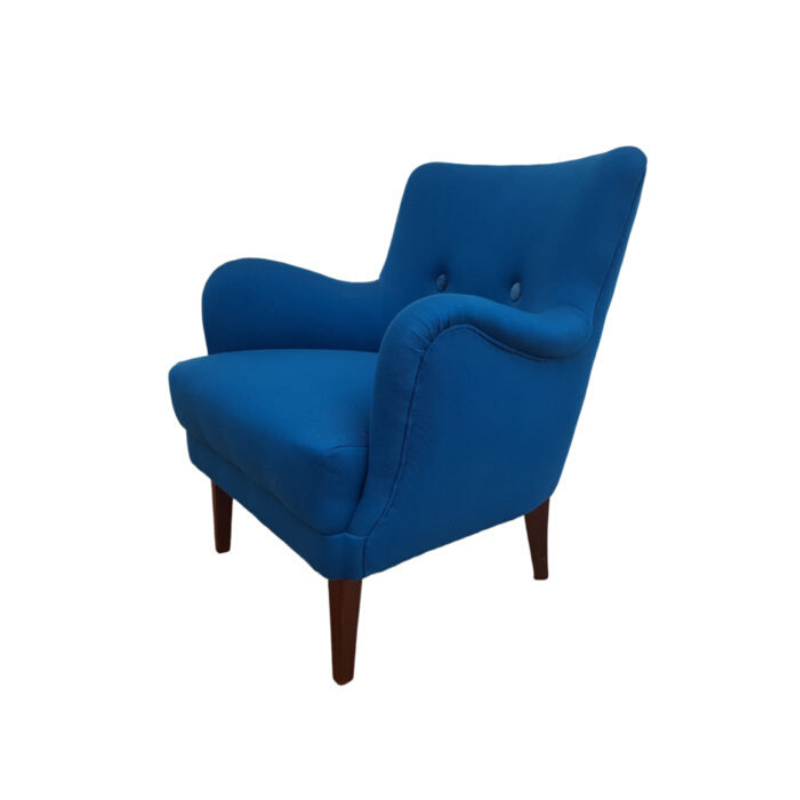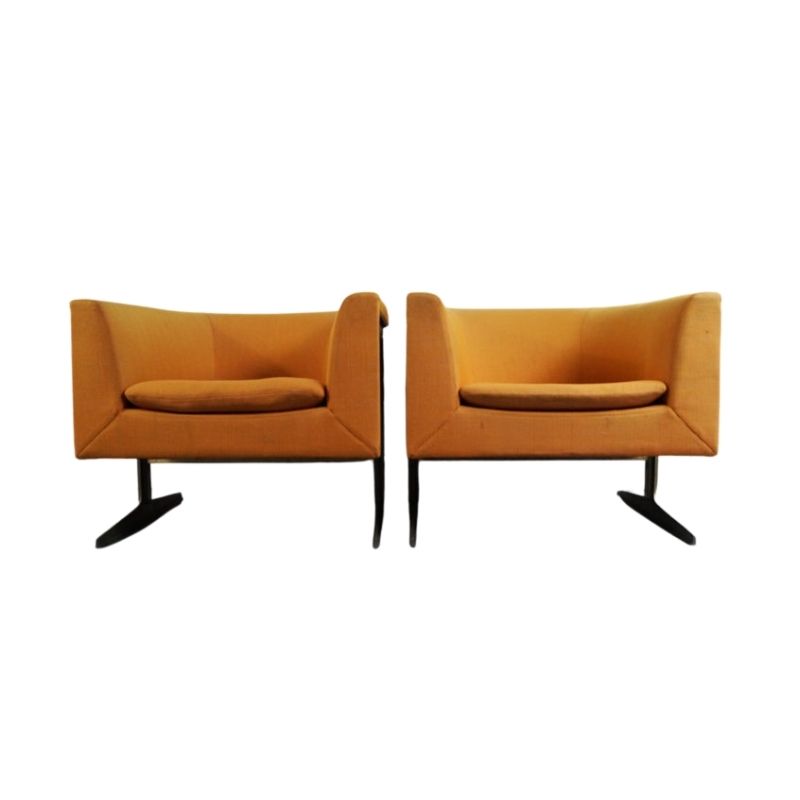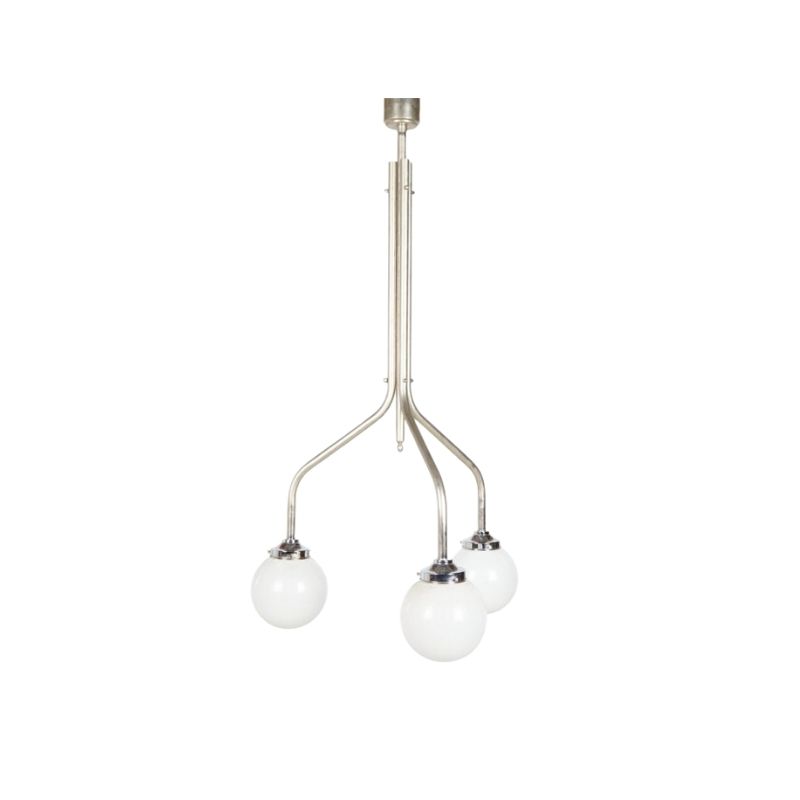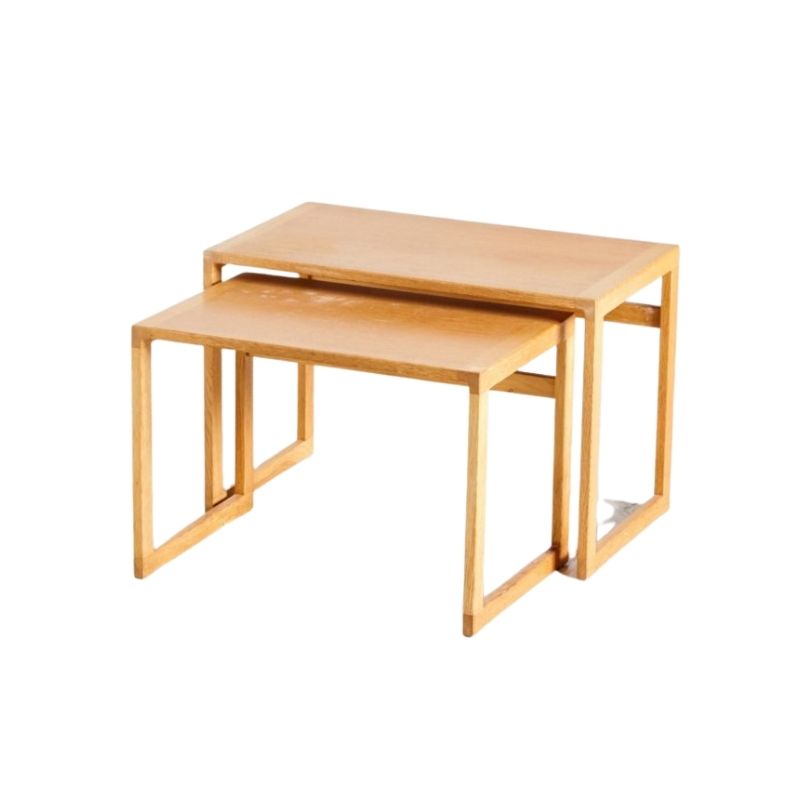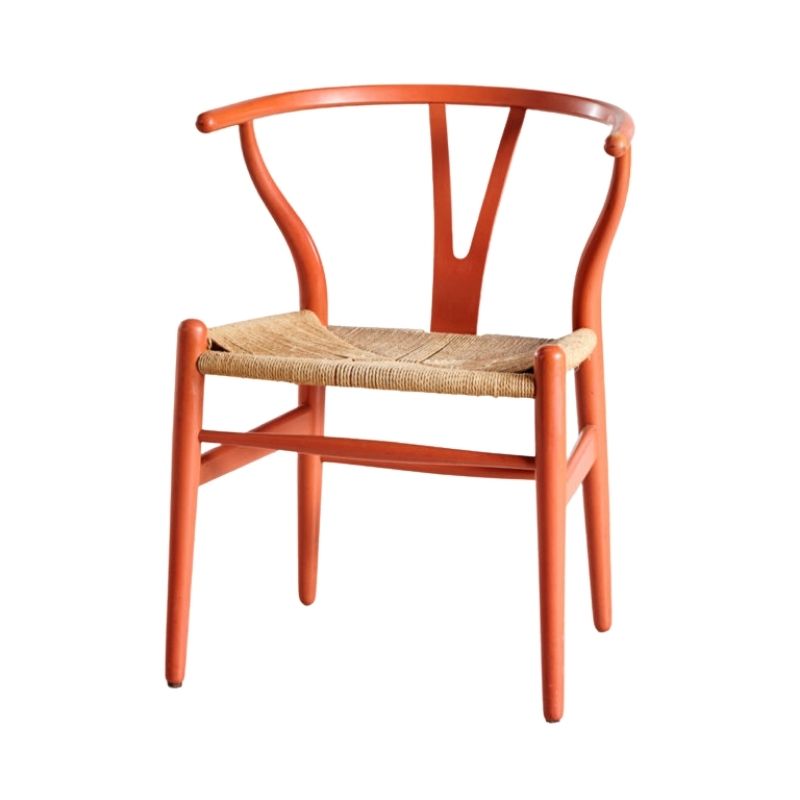It's obvious that the table was designed for a floating top. The question was if the marble top was original to the the table due to its structure and light weight? Plus due to the style I would assume that it may have had a glass top so that the design of the X base and the leg stretchers could be seen from top, side and front. Also I was thinking it may be more in the style of Kagan, Risom or Pearsall.
Precisely. That is why I always stick to facts. I never even think in opinions. Opinions are bad. All of my facts are rigorously tested to assure that they are not assumptions. Everything must be derived from axioms. All work must be shown. And there can only be 10 axioms at any moment. Assertion and hypothesis mjst be re-formulated as questions to clearly distinguish it from holy fact truth. Doubt shall be abolished. Syntax is the word punctuation stricture grammatical freedom
If I am not wearing pants does that make me the emperor?
If I'm not mistaken I believe one of the goals of this forum is to comment on the thread and to stick to the subject and not go off track. Let's be respectful to the forum and others on this site and stick to the subject for a lot of words that says nothing and that is irrelevant to the subject is defeating the purpose of the Thread. Thanks!
I don't believe the top that's on there is original for the reasons above, plus pinkish-grayish marble is a weird aesthetic choice for teak, if the table is indeed teak. But I don't think it had a glass top because 1) the legs are taller than the top surface of the marble and glass wouldn't be thicker than the marble, and floating tabletops (as well as floating chair seats) typically cover the side rails if not extend past them. And 2) I'm pretty sure glass tops can't notched out at the corners to fit around leg posts. However, wood tops can be notched out; there are lots of examples of this in Danish design and from designers from other parts of the world. I'll add a photo of one example.
When I see something like this that looks a bit off, I immediately start to imagine scenarios that led up to it being what it is now, something I started doing back when I went to auctions every week and had long, boring hours in which to entertain myself while waiting to bid on things. Usually there are way more reasons why an odd-looking piece could have been altered than there are reasons why it was made that way in the first place. In this case I'd assume first that someone painted the base to either make it go with their decor better or because it was dried out or damaged and they wanted to spruce it up to sell it---and in either case didn't care about the value or didn't know any better. And second, I'd guess that the original top was likely veneered particle board, which most teak tops are, and veneer can lift up in places which is pretty unsightly. And any wood can sustain deep water stains, cigarette burns, and all kinds of other damage, any or all of which could lead someone to replace it with a more durable stone top, especially if there was one laying around that was the right size to cover at least most of the stretchers and serve as a big enough area for coffee table needs.
Oh, and 3) those diagonal stretchers look more utilitarian to me---not the type meant to be seen as would be on a table designed to have a glass top. Just my opinion, but an opinion based on having seen tons of glass topped tables.
And yes, I know this is all just me surmising this and that, but it's one way of narrowing a search and increasing one's chances of identifying a piece. It's worked many times for me, plus it's just fun.
Thanks for your reply, the center X boards that holds the top is not design to extend the top to the end of the table. Also with all due respect I have been collecting and repairing mid century furniture for over 20 yrs and I am pretty familiar with detecting when an item has been altered. No alterations here, but as you stated and as I have learned over the years is when a vintage item has been painted most likely there is was damage to the item and someone was trying to hide a repair. In this case you are right, one of the legs had a not so good repair that I am correcting now. Everything that I see is original to the design except one leg stretcher has been replaced and the one repair to the leg. Also from my understanding of floating tops is that all of them do not extend over the side rails or legs. To my knowledge a floating table top is any top that appear to float in mid air. I'm sure you have seen many that did not extend out over the the frame or legs of the table. Once again thanks for your reply, I have always respected your views on this forum.
If you need any help, please contact us at – info@designaddict.com




